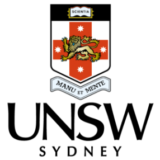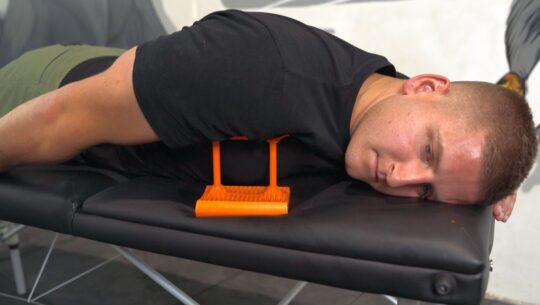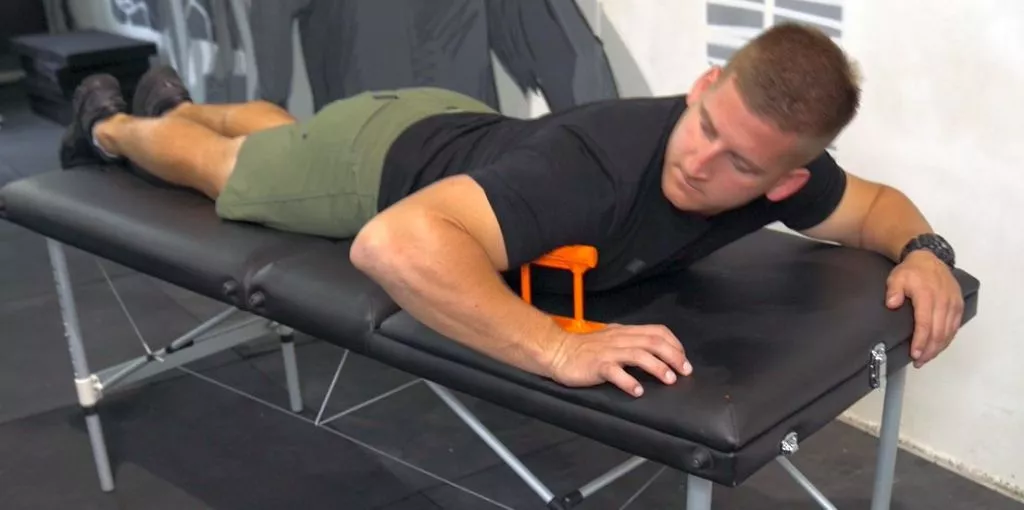
11 Stretches to Treat Your Fascia After Sitting All Day
Fascia Stretching release of the muscles that are most effected by prolonged sitting are:
- Neck
- Shoulders / Chest
- Forearms
- Quads
- Hamstrings
- Buttocks / Piriformis
Neck Muscles:
The neck muscles are the hardest working muscles when you sit for long periods of time, especially if you are sitting in poor posture. If your head is 4 inches (100mm) forward of what is considered good posture, you are holding up 40kg with your neck muscles potentially for 8-10 hours! No other group of muscles can do that.
To stretch and release the fascial connective tissue of the neck muscles, sit in your chair with your arm over the backrest, with that hand holding onto the seat. With your other hand grasp the back of your head and gently pull your chin diagonally towards the opposite nipple, whilst breathing deeply. You will find over time that the muscles give, and your head move further down your chest. A second stretch is holding the side of the seat and with the other hand gently pull your head towards that side, whilst breathing deeply.
Rotation of your neck improves overall range of motion and can be achieved by using this mobilization tool to stretch these tight neck tissues.
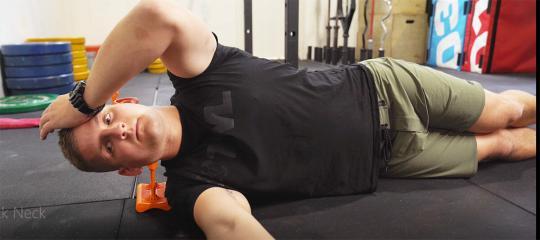
Shoulders / Chest
Poor arm posture can cause pain and muscle fascia tightness in the shoulder and chest muscles. Make sure your hands, keyboard and mouse are as close to your stomach as possible; the further your hands are from your body, the greater the arm and chest muscle strain. This means you may have to adjust your workstation to achieve that, see link below. Stretches that work on these muscles are the ones that take your hands in the opposite direction to when you work like the ones to the right. You can also use the mobilization tool to the right.
Forearms
Correct posture of the forearms is critical to remain pain free, apart from having your hands close to your belly, the keyboard should be resting on or as close to your legs and belly as possible. That way your forearms are sloping downwards as is your wrists. If this is not the case you will put a lot of strain on those muscles causing pain, tightness of fascia and restricted range of motion. There are two stretches for the forearms that work on the muscles on each side. These stretches can be done at your desk as seen to the right. The Mobilization Magic Tool works very well to sideways stretch these muscles.
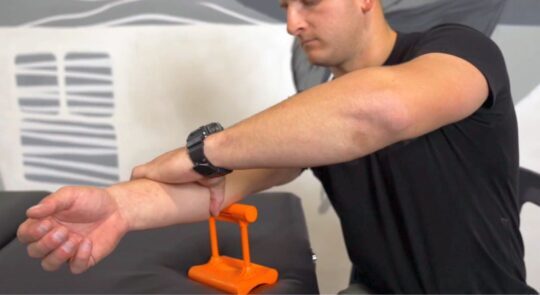
Quads
Quads muscles kept at a shortened length for long periods of time tighten up and restrict the range of motion of the legs and hip, which has a serious impact on your lifestyle and functional movements. Stretching the quad muscle is not easy and most methods recommended on the internet not only do not work well they put your spine under unnecessary stress. Pls go to this quads stretching page.
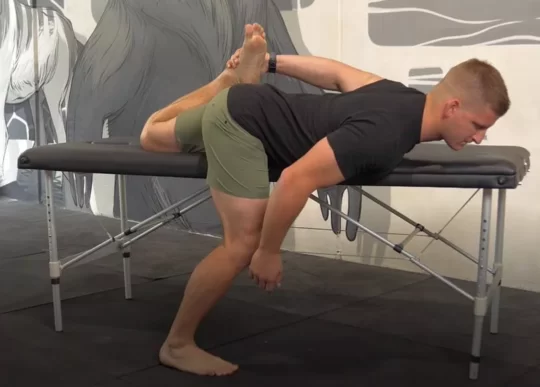
Hamstrings
As with quads muscles Hamstrings muscles kept at a shortened length for long periods of time tightens up the fascia and restrict the range of movement of the leg and hips, which has a serious impact on your lifestyle and functional movements. A lot of people do foam rolling on this muscle but foam rollers have a diameter that does not produce fascia stretching.
Stretching the hamstring muscle is not easy to do well and most methods recommended on the internet not only do not work well they put your spine under unnecessary stress.
Pls go to this Hamstrings stretching page
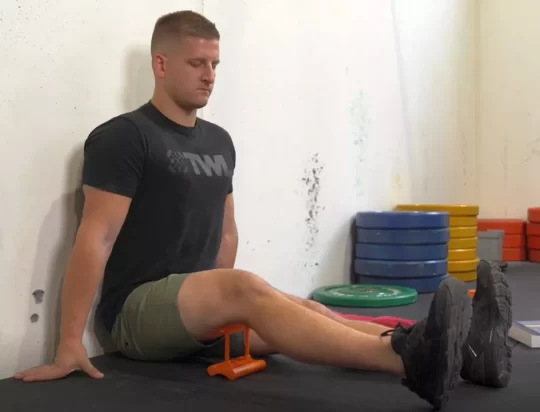
Buttocks / Piriformis
The buttocks muscles are sat on 100% of the time you are sitting and so that compression restricts the flow of blood and these muscles tighten up causing back pain, pain down the leg and restricted range of movement of the leg and hips Pls go to this page to see a detailed instruction on this stretch.
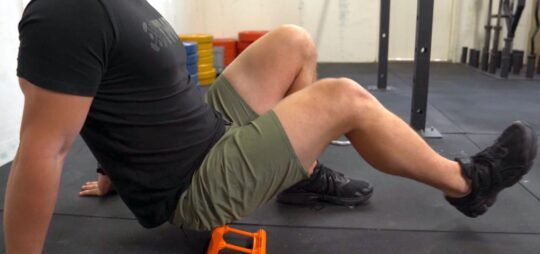
For more information on the set up of your workstation go to
